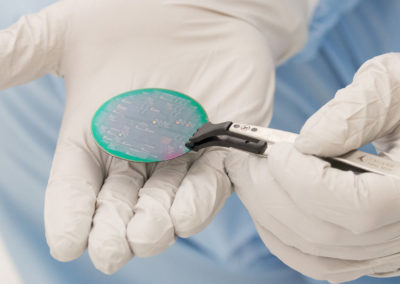THE PROJECT
Photonic integration is emerging as a new standard for providing cost effective and high-performance miniaturized optical systems enables system designers and manufacturers to combine various optical devices into a single package, thereby offering significant by the demand for higher data volumes and speeds by the very competitive fields using information and Technology (IT) emerging at an excepcional rate. However, full exploitation of PIC based techonologies still present formidable challenges, in the sector is facing an increased need of well-trained multidisciplinary scientist with specific and technical skills with are needed to tackle the development of high performing in PICs.
EDIFY IS LOOKING FOR YOU
EDIFY aims at providing cutting-edge training to young researchers in the emerging field of integrated photonics and its translation into circuit design, fabrication and commercialization.
The roles of different collaborators and researchers in EDIFY strive to comply with EC communication 21784 (Women and Science – Excellence and Innovation) and aim for a balanced level of participation between men and women in the project.
PARTNERS


NEWS
QCTech Center
Promoted by a team of the University of Vigo with long-standing experience in integrated photonics, quantum criptography and space communications, the Center for Quantum Communications Technology, QCTech, will be formally established during 2021. The research center is expected to develop theoretical and experimental work in quantum communications, applied to both aerospace and terrestrial. Read more
Terahertz Light Puts Ultrafast Spin on Magnetic Memories
OPTICS & PHOTONICS Detecting the magnetic state of a material using terahertz radiation could lead to ultrafast information storage devices.
read morePlasmonic Modulator Achieves Terahertz Bandwidth
OPTICS & PHOTONICS Device built on a photonic chip might in future be used for wireless communication and imaging.
read moreTerahertz Studies Explain Agave’s Drought Resistance
OPTICS & PHOTONICS Researchers use THz spectroscopy and imaging to reveal how the desert plant is able to retain water.
read more
This project is funded by
the European Union
This project has received funding from the European Union’s Horizon 2020 research and innovation programme under
the Marie Skłodowska-Curie grant agreement No 813467.







